An Ode to Jonathan Marks, or How I Became a Marksist
Anthropology 365
APRIL 23, 2025
I met Jon Marks in 2015, when I enrolled in the Masters program in anthropology at the University of North Carolina at Charlotte. I had just finished a Bachelors degree in anthropology and philosophy at East Carolina University, full of ideas but unsure where they might lead. in Anthropology, and a Ph.D. It wasnt therapy.

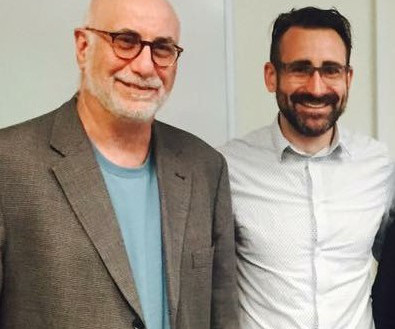







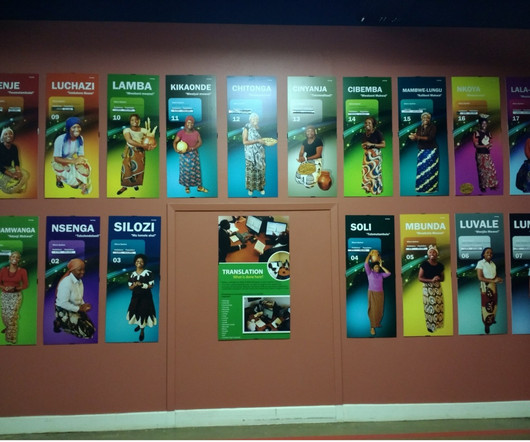

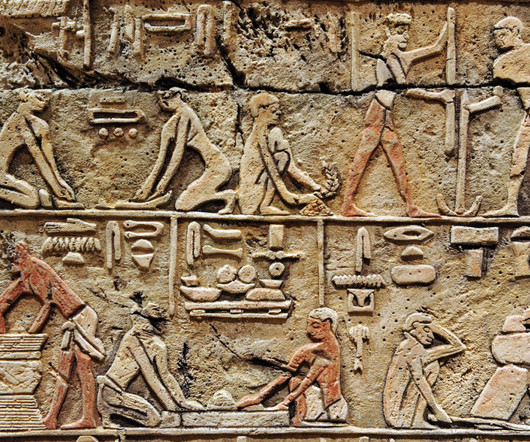
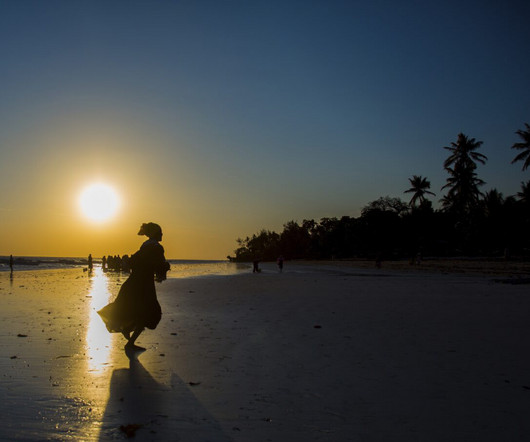
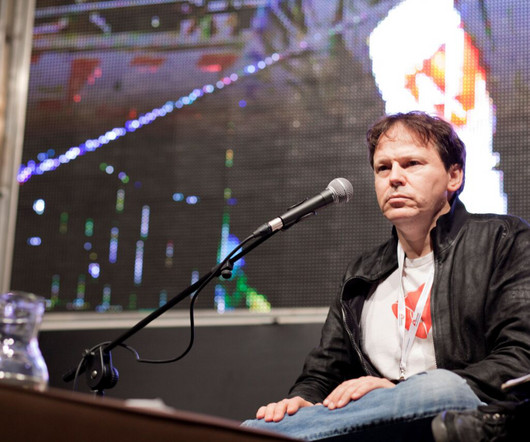



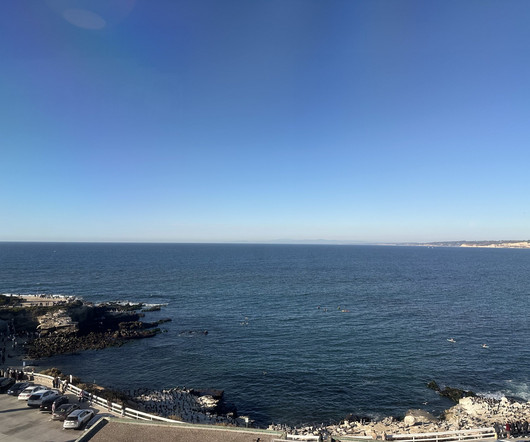






Let's personalize your content